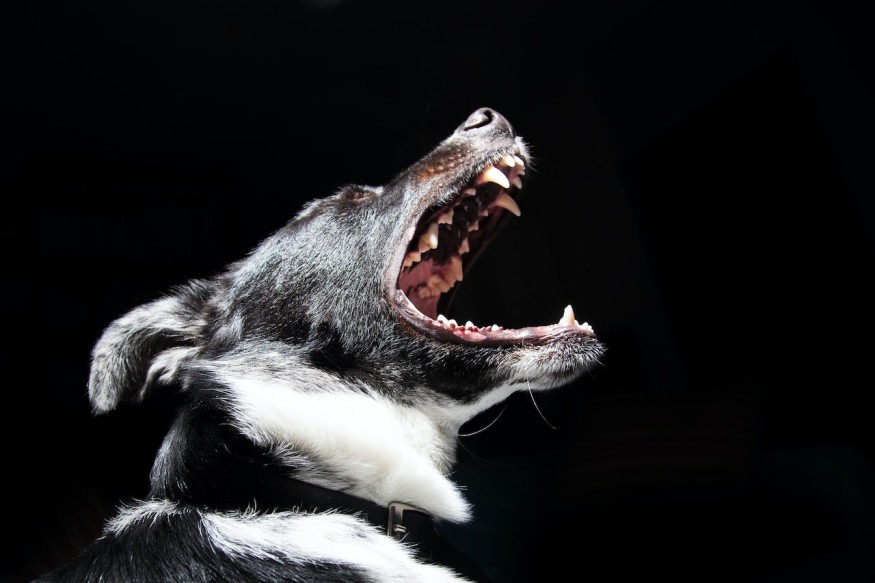
A new study has revealed that dogs are more likely to bite on sunny and hot days and when air pollution is higher.
Dogs Bite More on Sunny Days
MailOnline reports that these findings were garnered based on an analysis of 69,525 dog attacks that took place in eight US cities from 2009 to 2018. This is equivalent to three bite cases each day.
The researchers then looked into the links between the rates of dog bites, atmospheric pollutant ozone levels, daily temperature levels, and fine particulate matter levels. Going further, they also assessed UV light levels and snow or rain quantities.
The study revealed that the occurrence of dog bites was 11% more likely to take place on days where UV levels were higher, the Independent explains. On top of that, it also increased by 3% on days with higher ozone levels and 4% on days with elevated temperatures.
The authors explained such findings in Scientific Reports. They concluded that human-dog interactions become more hostile on smoggy and sunny days. This indicates that air pollution and extreme heat could also contribute to the aggression of animals.
Per Earth.com, the authors have cautioned that there is a need for further data and more research for such findings to be validated.
Previous research has demonstrated that there is a significant link between hot weather and higher air pollution and aggression in humans and other animals, such as mice, rats, and Rhesus monkeys. This recent study reveals that this trend could be applied to dogs as well.
Dog Bite Incidents in the US
According to the World Animal Foundation, roughly 4.5 million people in the US fall victim to dog bites each year, with half of these individuals being children. DogsBite.org reports that nearly one in five bites leads to infection.
While over 90 million households have pet dogs, adults who take care of at least two dogs in their household have a five times higher likelihood of getting bitten compared to those who do not live with dogs.
The World Animal Foundation adds that some dog breeds are more likely to bite compared to others. These breeds include pit bulls, rottweilers, German shepherds, Doberman pinschers, bull mastiff, huskies, malamutes, wolf hybrids, boxers, and great danes.
Dogs are also considered the fourth deadliest creature on the planet. The World Animal Foundation explains that in countries that are underdeveloped, 30,000 people die each year from rabies from dogs.
Rabies infects the central nervous system of mammals. According to the World Health Organization, dogs are the main source of rabies deaths among humans. While it can lead to the devastating of humans and animals, rabies is actually fully preventable through vaccination.
RELATED ARTICLE : Moose in Alaska Tests Positive For Rabies, Marking the First Case of Its Kind in the State
Check out more news and information on Animals in Science Times.
© 2025 ScienceTimes.com All rights reserved. Do not reproduce without permission. The window to the world of Science Times.












